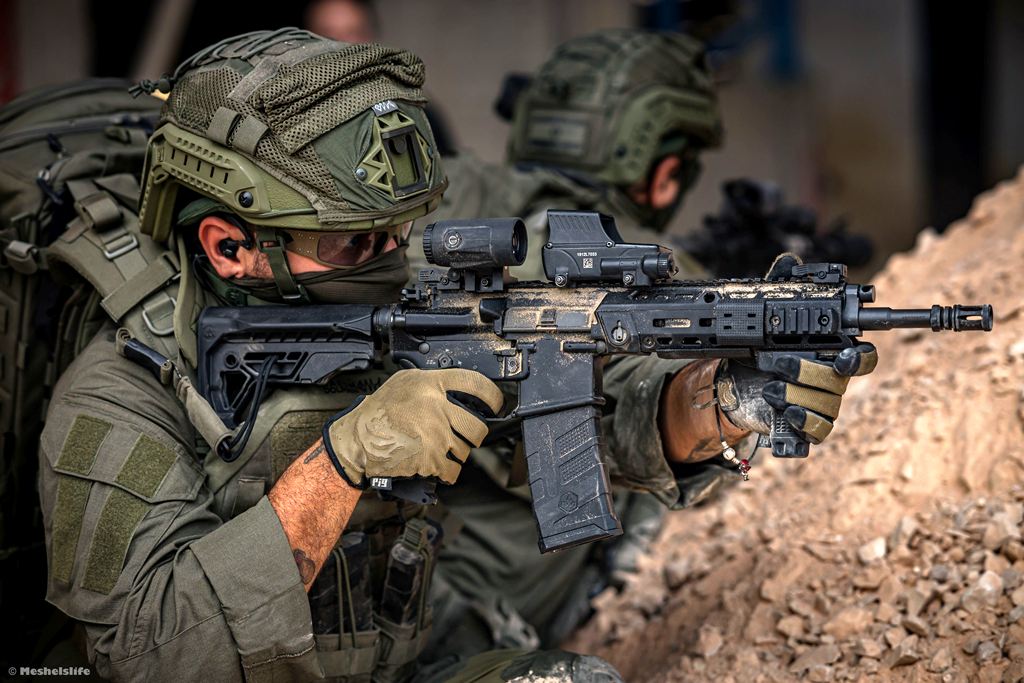Taiwan’s Military Response to Chinese Threat: A Shift in Defense Strategy
Taiwan is at the forefront of regional tension, particularly in light of China’s escalating military assertiveness. In response, Taiwan’s government has released a new report outlining a strategic pivot in military training, emphasizing a need for realistic threat scenarios to enhance its combat readiness. This shift comes as a clear acknowledgment of the challenges posed by Beijing’s armed forces, and it reflects Taiwan’s urgent need to bolster its defense strategies against the looming specter of potential invasion.
The recently published Quadrennial Defense Review (QDR)—now available in English—serves as a critical assessment of Taiwan’s defense posture. One of its core messages highlights the necessity for improved military training that mirrors the chaotic and unpredictable nature of actual warfare. Current training practices have faced criticism for being overly scripted and lacking the improvisational skills vital to modern combat. Observers, including military professionals from the United States, have noted that insubstantial training in Taiwan has hampered its ability to respond effectively to real threats.
Enhancing Training Protocols
Taiwan’s new defense strategy emphasizes enriching the combat skills of troops at every level by increasing both the courses offered and their intensity. The QDR stresses that “training courses and intensity will be increased to enrich combat skills,” highlighting a fundamental self-assessment of training effectiveness. This aligns with the viewpoints of U.S. defense experts, who have become increasingly vocal about the need for more robust training initiatives within Taiwan’s armed forces.
Rupert J. Hammond-Chambers, president of the U.S.-Taiwan Business Council, encapsulated this sentiment during interviews with defense publications. His assertion that the QDR reflects crucial self-criticism underscores the import of heightened training efforts. He noted that improvements in training go hand-in-hand with the U.S.’s willingness to support expanded training exercises both in Taiwan and the United States.
Adopting Realistic Combat Training
The emphasis on conducting "realistic combat training" that is both force-on-force and executed in real-time is crucial. Such training is designed to counteract the diversifying threats posed by the People’s Liberation Army (PLA) and prepare Taiwanese forces for the rapidly transforming battlefield environment. A significant shift is apparent in these new training protocols, moving away from rote, choreographed drills and towards simulations that better reflect the chaos of live combat.
China’s introduction of specialized new equipment is indicative of its evolving military capabilities. For instance, recent satellite imagery revealed the deployment of landing barges capable of facilitating quicker military movements from ship to shore. Andrew Erickson, a strategist at the U.S. Naval War College, highlighted these barges as strategically significant, designed explicitly for potential invasion scenarios.
Taiwan’s Resilience and Modernization
Taiwan’s improvement in military readiness is critical given the challenges it faces. As indicated by the QDR, the military intends to create realistic battlefield conditions for training exercises, incorporating live-fire practices to ensure soldiers can engage effectively under near-combat conditions. Such practices are not just beneficial; they are necessary for validating the readiness of Taiwan’s forces in the event of a serious confrontation.
In recent years, Taiwan has recognized the importance of its military personnel, extending the conscription period from four to twelve months in light of increasing threats. However, low morale and retention issues persist, emphasizing the need for more engaging training methods. The QDR promises that conscripts will now receive comprehensive training, operationalizing complex weapon systems such as drones and anti-tank missiles, reflecting an investment in modern warfare capabilities.
Defense Spending and Strategic Tensions
Taiwan’s defense spending has doubled in the past eight years, showcasing a determination to bolster its military in the face of Chinese aggression. This increased investment, combined with an enhanced commitment from the United States to facilitate expanded training for Taiwanese forces, demonstrates a concerted effort to mitigate the risks posed by the PLA.
Taiwan is acutely aware of the challenges it faces not just from possible kinetic invasions, but also in "gray zone" conflicts and securing critical infrastructure. Experts urge that despite progress, Taiwan must remain vigilant and proactive in all aspects of defense.
Upcoming Military Exercises as a Barometer of Readiness
The Han Kuang military exercise, which commenced recently, signifies an important opportunity for Taiwan to demonstrate its training enhancements. Expected to be more extensive than previous years, this exercise incorporates scenarios simulating escalations from routine PLA maneuvers to decisive military actions against Taiwan. With a significant increase in reservist mobilization, the exercises will serve as a hallmark of Taiwan’s commitment to improving its military readiness and response capabilities.
In summary, Taiwan’s focus on refining its military strategies and enhancing the realism of its training reflects a significant shift in defense priorities in light of escalating tensions with China. Emphasizing realistic scenarios, modernized training regimens, and a responsive defense posture illustrates Taiwan’s commitment to national security amidst a changing regional landscape.





